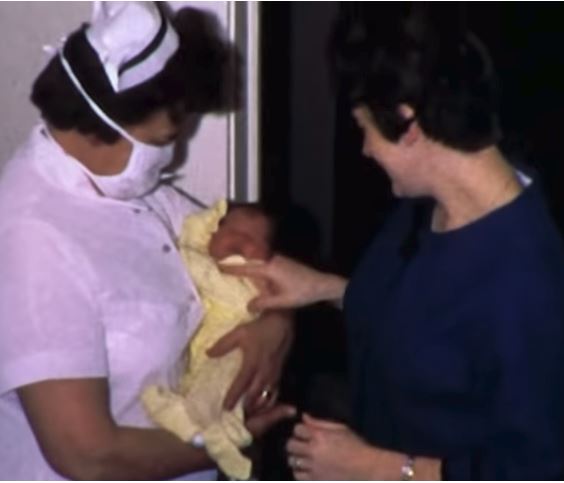User login
How more midwives may mean healthier mothers
Since ProPublica launched Lost Mothers, we’ve covered many facets of the U.S. maternal mortality crisis. Despite spending more per capita on health care than any other country, the U.S. has the highest rate of deaths related to pregnancy and childbirth in the industrialized world.
Source: Vox and ProPublica
But what makes maternal health care in other affluent countries look so different than the U.S.? Among other things, midwives. Midwives in the U.S. participate in less than 10 percent of births. But in Sweden, Denmark and France, they lead around three-quarters of deliveries. In Great Britain, they deliver half of all babies, including all three of Kate Middleton’s. So if the midwifery model works for royal babies, why not our own?
Check out the video to find out how midwives have been at the center of a culture war that’s deeply rooted in race and class in America.
Today we see vestiges of that history in states with restrictive midwifery laws and barriers to entry for midwives. Earlier this year, one study was the first systematic look at how and where they practice, offering new evidence that empowering them could significantly boost maternal and infant health. Many of the states with poor health outcomes and hostility to midwives also have large black populations. And with black mothers three to four times more likely to die in pregnancy or childbirth, the study raises the possibility that greater use of midwives could reduce racial disparities in maternal health.
This story makes up the eighth installment in Vox’s collaboration with ProPublica. You can find this video and all of Vox’s videos on YouTube. Subscribe and stay tuned for more from our partnership.
Since ProPublica launched Lost Mothers, we’ve covered many facets of the U.S. maternal mortality crisis. Despite spending more per capita on health care than any other country, the U.S. has the highest rate of deaths related to pregnancy and childbirth in the industrialized world.
Source: Vox and ProPublica
But what makes maternal health care in other affluent countries look so different than the U.S.? Among other things, midwives. Midwives in the U.S. participate in less than 10 percent of births. But in Sweden, Denmark and France, they lead around three-quarters of deliveries. In Great Britain, they deliver half of all babies, including all three of Kate Middleton’s. So if the midwifery model works for royal babies, why not our own?
Check out the video to find out how midwives have been at the center of a culture war that’s deeply rooted in race and class in America.
Today we see vestiges of that history in states with restrictive midwifery laws and barriers to entry for midwives. Earlier this year, one study was the first systematic look at how and where they practice, offering new evidence that empowering them could significantly boost maternal and infant health. Many of the states with poor health outcomes and hostility to midwives also have large black populations. And with black mothers three to four times more likely to die in pregnancy or childbirth, the study raises the possibility that greater use of midwives could reduce racial disparities in maternal health.
This story makes up the eighth installment in Vox’s collaboration with ProPublica. You can find this video and all of Vox’s videos on YouTube. Subscribe and stay tuned for more from our partnership.
Since ProPublica launched Lost Mothers, we’ve covered many facets of the U.S. maternal mortality crisis. Despite spending more per capita on health care than any other country, the U.S. has the highest rate of deaths related to pregnancy and childbirth in the industrialized world.
Source: Vox and ProPublica
But what makes maternal health care in other affluent countries look so different than the U.S.? Among other things, midwives. Midwives in the U.S. participate in less than 10 percent of births. But in Sweden, Denmark and France, they lead around three-quarters of deliveries. In Great Britain, they deliver half of all babies, including all three of Kate Middleton’s. So if the midwifery model works for royal babies, why not our own?
Check out the video to find out how midwives have been at the center of a culture war that’s deeply rooted in race and class in America.
Today we see vestiges of that history in states with restrictive midwifery laws and barriers to entry for midwives. Earlier this year, one study was the first systematic look at how and where they practice, offering new evidence that empowering them could significantly boost maternal and infant health. Many of the states with poor health outcomes and hostility to midwives also have large black populations. And with black mothers three to four times more likely to die in pregnancy or childbirth, the study raises the possibility that greater use of midwives could reduce racial disparities in maternal health.
This story makes up the eighth installment in Vox’s collaboration with ProPublica. You can find this video and all of Vox’s videos on YouTube. Subscribe and stay tuned for more from our partnership.
